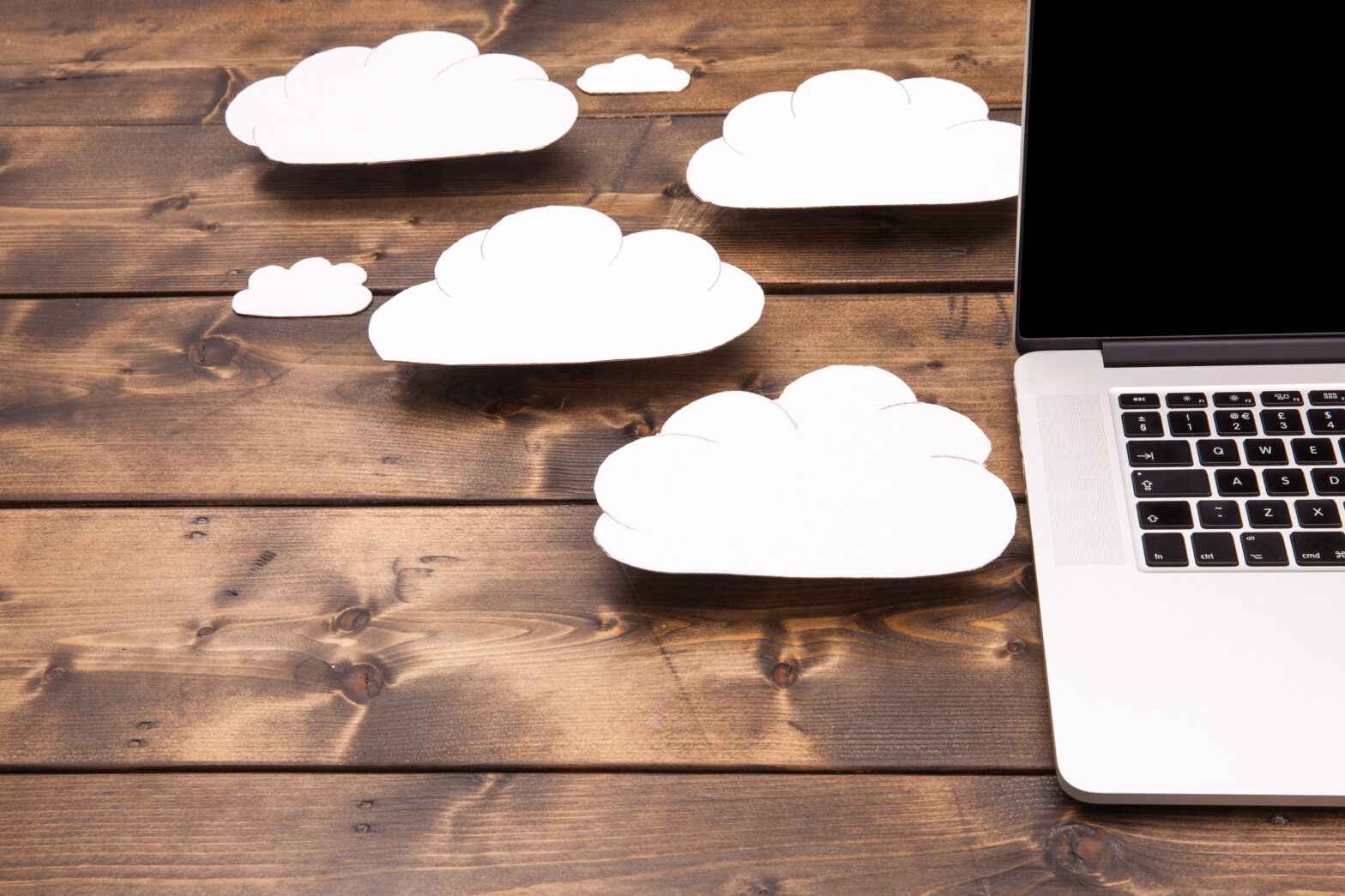In recent years, we have seen many developments and transformations in Cloud Solutions which are changing how TV and broadcast work, both on screen and behind the scenes. The cloud is used in content delivery and consumption, and also content discovery – enabling people to find content they want to.
Cloud in content delivery and consumption
The increased appetite for on-demand IP content and use of shared internet technologies go hand in hand with growing cloud usage. The ways in which people consume content is clearly changing, with more and more viewers getting content from the likes of Amazon, Netflix and Google’s TV platform. Amazon and Google are both noteworthy cloud infrastructure providers, and Netflix has been an early adopter and innovator in the cloud space.
There is still a place for conventional broadcast via terrestrial, satellite or cable which require a set top box in the home. However, the public continue to watch live TV and the set top box is an efficient way to deliver this. For this broadcast signal, custom hardware is required and this means there is less use of cloud technology right now. There has been an upturn in virtualisation of set top boxes and this should continue to increase. For example, YouView is running a project where TV recordings, clash management and streaming between devices is all managed in the cloud. This keeps our set top box software simple, and gives viewers consistent access to their content from any device.
>See also: What to do if your public cloud is hacked
Future cloud use in content discovery
When it comes to content discovery, cloud technologies have been rapidly adopted by broadcasters. The benefit of a cloud-native broadcaster is that their infrastructure will be agile and scalable, allowing the broadcaster to adapt and personalise for its viewers.
An example is when a set top box begins recording a live programme, that information can be synchronised back to the cloud and used across a range of devices. This kind of spiky, low-latency, high-throughput workload would just not be practical without an on-demand, elastic infrastructure.
The use of data
A large part of broadcasters’ cloud investment and spend is on data capture and analysis, after all “data is the new oil”. By collecting anonymous data on viewing habits, operational issues and how people use our service to find content, it is possible to improve the service offering. This data highlights some really valuable, and sometimes fascinating insights.
For example, as a TV series begins to air, our data has shown a lot of on-demand consumption for those episodes. However, when it comes to later episodes, viewers become more interested and aware of the show, leading to an increase in viewers watching the programme live as it is broadcast. This has many implications for how content providers promote their content, advertising, and also how the interface is structured.
>See also: Major factors impacting cloud security
Cloud to enable AI
The introduction of artificial home assistants, such as the Amazon Echo, has really taken the nation by storm. You can use your voice to set an alarm, get a weather report or even find your favourite song. Soon enough, consumers will even be able to find the TV shows they love using their AI smart assistant and this will lead to a more personalised experience for the user. In order to make this possible, cloud-based metadata services have to be integrated with Alexa and Google Assistant.
Although voice will lead to a more personalised and convenient experience, I don’t think it will replace the current user interface completely. The best experience will be the combination of both. A combined experience will allow the viewer to open with a question like “Alexa, show me something interesting”, then through a content discovery dialogue, a number of relevant options will appear on screen to select from.
What does the future cloud hold?
We will definitely see the basics of cloud improved in the future. Whilst the current cloud infrastructure offers a high degree of elasticity and scalability, this will advance so that access at high loads can be close to instantaneous. This is important for our synchronous live use cases.
>See also: The digital office realised: what now?
We will also see progress in the join up of cloud services across departments and organisations, combined with sophisticated analytics. This is called omnichannel and results in a better experience for viewers. It would mean a call-centre operator at BT or TalkTalk has to hand a holistic summary of any problems a customer is facing across any of their broadband, mobile or TV services. The call-centre operator would then be better armed to serve the customer, and even go above-and-beyond offering them a relevant new TV package if they’re considered at risk of churning.
Specifically, for broadcasters, more and more content will be delivered over IP, with the majority of that being on-demand, resulting in a decreased need for custom devices. Eventually, any device will be able to find and consume any content, and everything needed to build a video service will reside in the cloud.
Sourced from Murray Kirk, Head of Cloud Services, YouView







